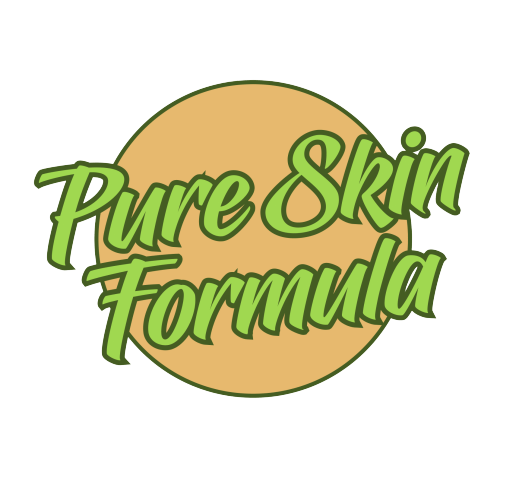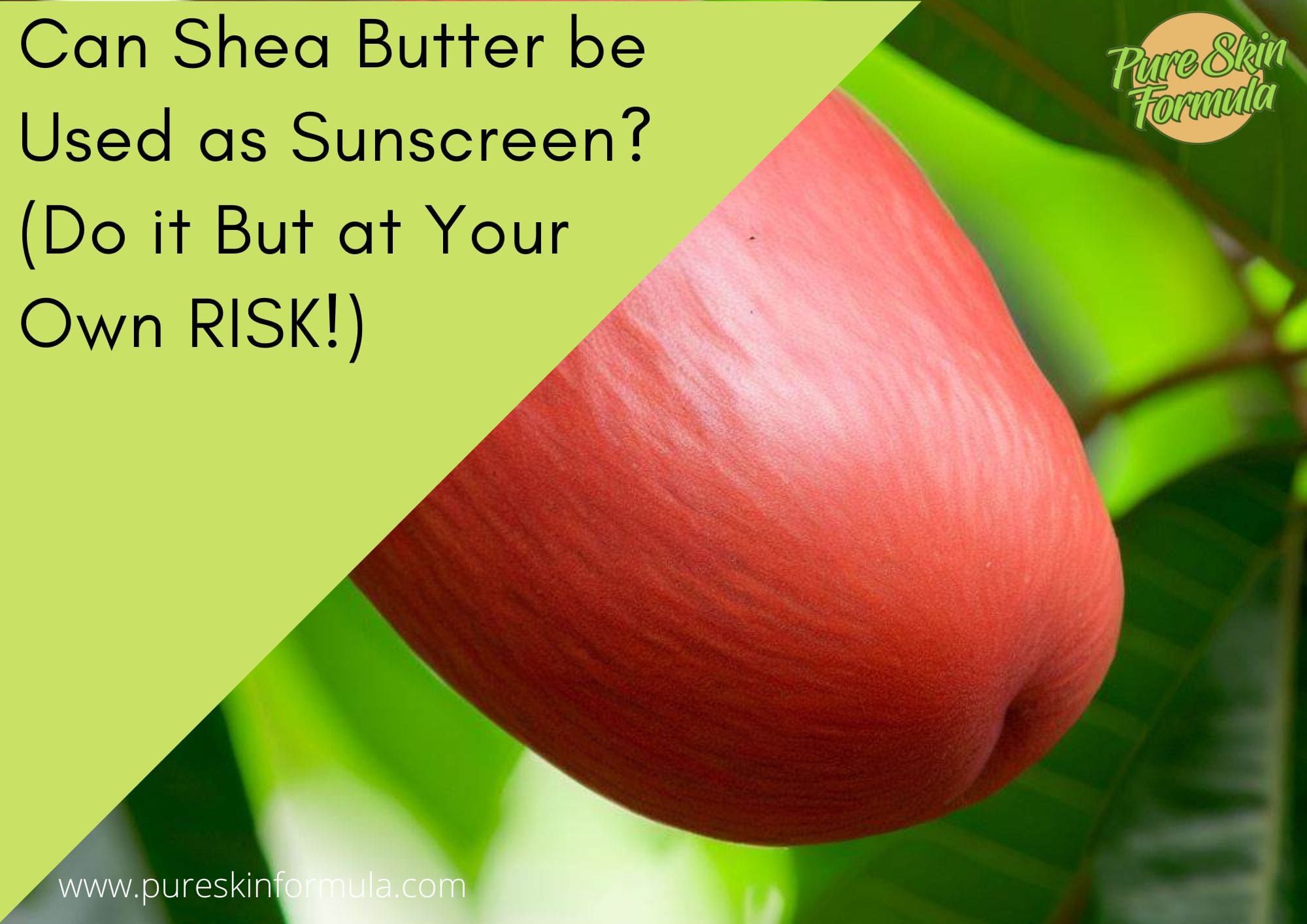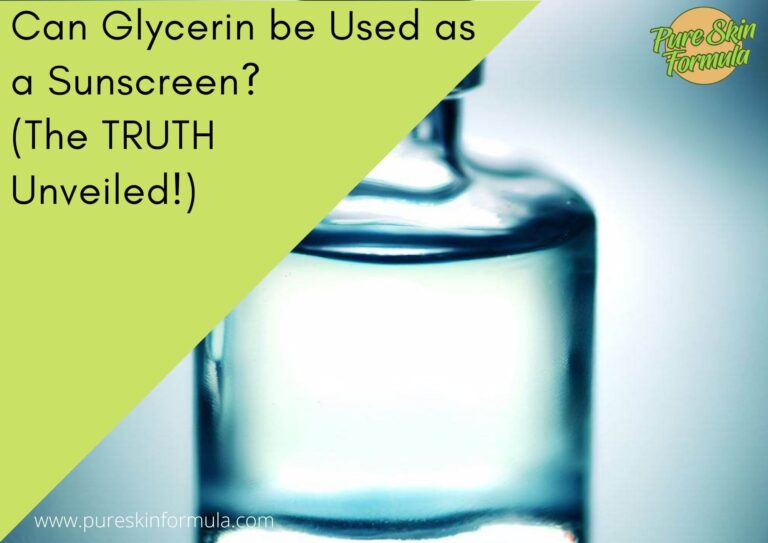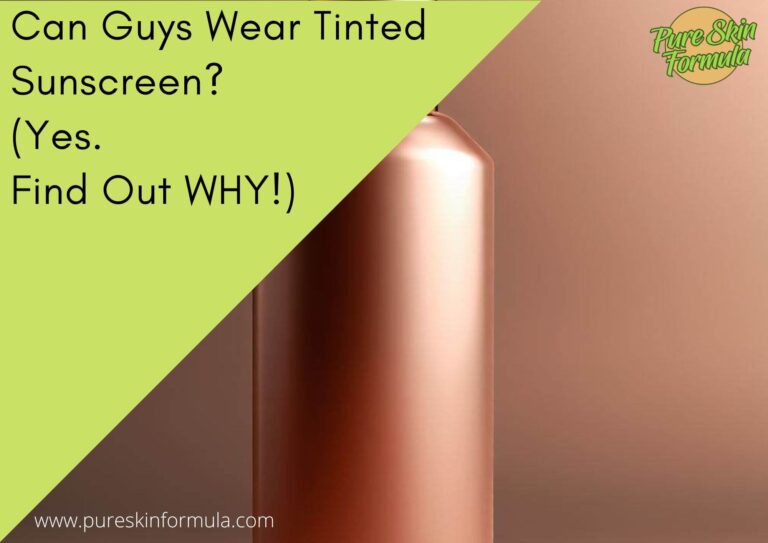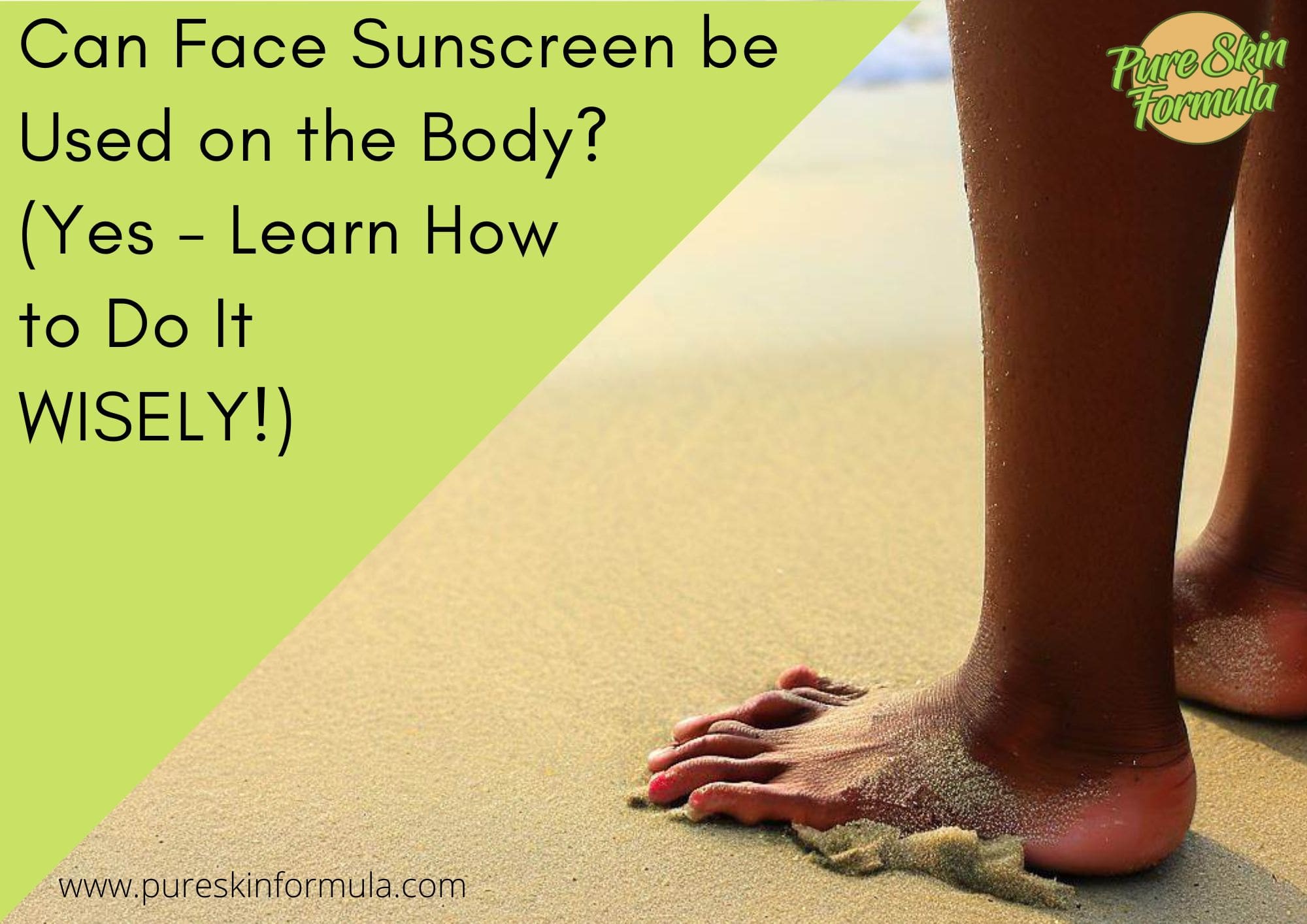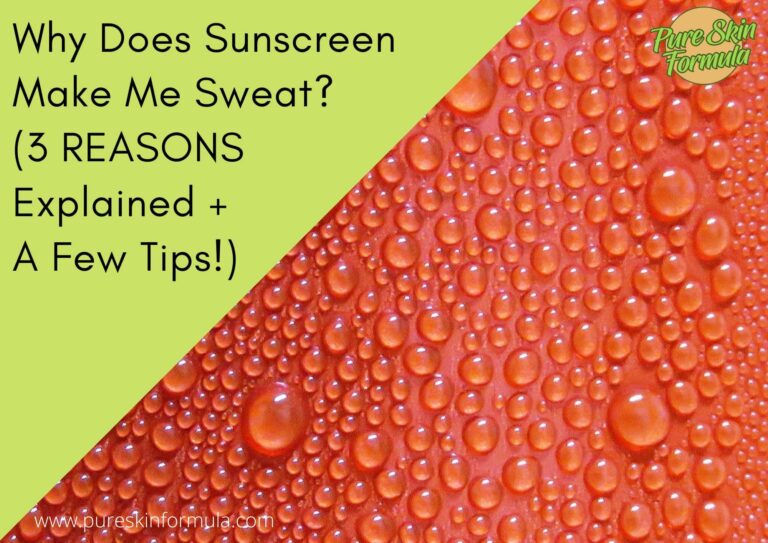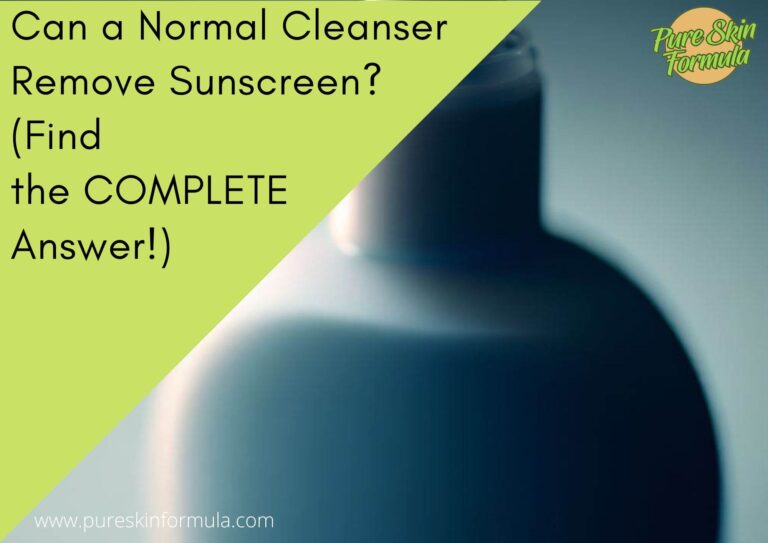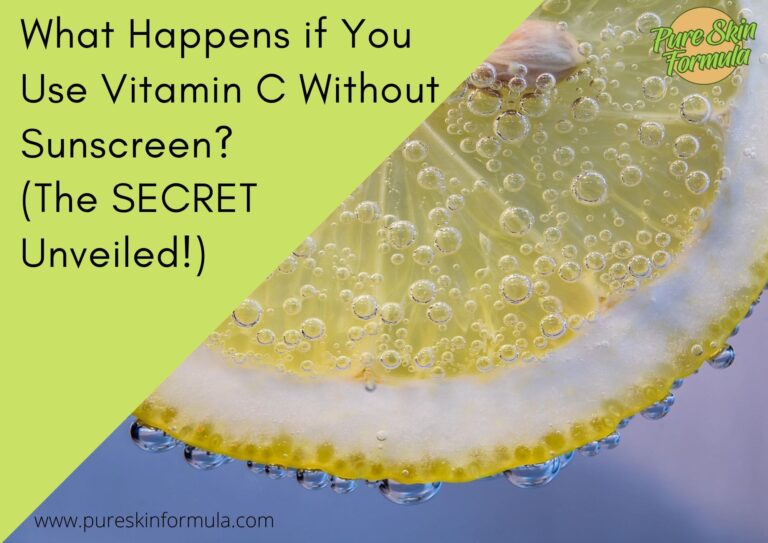Uncover the truth about shea butter’s sun-blocking potential and natural SPF properties. Explore the presence of sun-protective compounds in shea butter and how they can shield your skin from the damaging effects of UV radiation.
Get ready to make an informed decision about your sun protection routine and discover whether shea butter can genuinely be your go-to sunscreen alternative. Let’s delve into the fascinating world of this substance and its potential as a natural sun shield.
Can shea butter be used as sunscreen?
Shea butter can provide some level of sun protection due to its natural SPF (Sun Protection Factor) properties. It contains compounds like cinnamic acid, which offer a limited shield against UV rays.
However, it is essential to note that shea butter alone may not provide adequate protection against both UVA and UVB rays. Its SPF level can vary depending on factors such as the quality of the shea butter and how it’s processed.
For effective sun protection, it is generally recommended to use a dedicated sunscreen with a broad-spectrum SPF specifically formulated to provide balanced and consistent protection against both UVA and UVB rays. Commercial sunscreens undergo rigorous testing to ensure their effectiveness.
If you use shea butter as a supplementary form of sun protection, applying it generously and reapplying regularly is crucial. Taking other sun-safe measures, such as seeking shade, wearing protective clothing, and avoiding peak sun hours, is essential.
Consulting a dermatologist or healthcare professional can provide personalized advice on the best sun protection practices for your needs.
Let’s delve deeper into the topic.
What is Shea Butter?
Shea butter is a creamy substance derived from the nuts of the shea tree, scientifically known as Vitellaria paradoxa or Butyrospermum parkii. It has been used for centuries in African countries like Ghana, Burkina Faso, and Nigeria for its numerous benefits. This natural fat is extracted by crushing and boiling the shea nuts, followed by separation and solidification.
Shea butter is rich in essential fatty acids, including oleic acid, stearic acid, and linoleic acid, contributing to its moisturizing and nourishing properties. It also contains vitamins A, E, and F, antioxidants, and phytonutrients.

These components make shea butter an excellent emollient, providing deep hydration and promoting skin elasticity. Its anti-inflammatory properties can help soothe irritated skin, while its natural UV-blocking compounds offer some sun protection.
Shea butter has many uses and applications in skin care and hair care. Due to its hydrating and healing properties, it is often incorporated into moisturizers, lotions, creams, and balms.
Shea butter can help alleviate dryness, soften rough patches, and promote a smoother and more supple complexion. It is also known for its potential to reduce the appearance of scars, stretch marks, and wrinkles.
Shea butter is famous for haircare products such as conditioners, hair masks, and styling products. It can provide deep conditioning, tame frizz, and add shine to the hair strands. Some people also use shea butter for scalp massages to promote healthier hair growth and alleviate scalp dryness or irritation.
Shea butter and sun protection
Did you know shea butter has a natural Sun Protection Factor (SPF)? While it may not rival the high SPF levels of dedicated sunscreens, shea butter offers some protection from the sun.
It typically has an SPF ranging from 3 to 6, which can provide a limited shield against the sun’s harmful ultraviolet (UV) rays. This natural SPF can help block some UVB rays responsible for sunburn.
Shea butter contains natural compounds that contribute to its sun-protective properties. One of them is cinnamic acid, a mild UV absorber. Cinnamic acid helps to scatter or reflect some of the sun’s UV rays away from the skin, reducing their potential to damage the skin cells.
This makes shea butter an exciting option for those seeking a more natural approach to sun protection.
While anecdotal evidence and traditional knowledge support the sun-blocking potential of shea butter, scientific studies, and research on this specific aspect are limited. However, some studies have indicated that shea butter may offer some protection against UV radiation.
Shea butter should not be relied upon as the sole means of sun protection, especially in intense sunlight or extended periods of UV exposure. It is best used as a supplementary form of sun protection alongside other sun-safe practices, such as seeking shade, wearing protective clothing, and using a broad-spectrum sunscreen with a higher SPF.
Factors to consider when using shea butter
When using shea butter as sunscreen, apply it generously and evenly to all exposed skin. Massage it in thoroughly to ensure adequate coverage. The effectiveness of any sunscreen diminishes over time, especially with factors like sweat, water exposure, or rubbing against clothing.
Reapply shea butter or any other sunscreen at regular intervals, typically every two hours, or more frequently if you’re sweating or swimming.

While shea butter can offer some sun protection, be aware of its limitations and consider it a supplementary form. Combining shea butter with other sun-safe practices, such as seeking shade, wearing protective clothing, and using a broad-spectrum sunscreen with a higher SPF, is recommended to ensure comprehensive sun safety.
Always consult a dermatologist or healthcare professional for personalized advice on sun protection that best suits your needs and skin type.
The SPF levels in shea butter can vary depending on various factors, including its quality and how it’s processed. Different shea butter brands or sources may have different compositions and levels of sun-protective compounds.
Therefore, selecting a reputable brand or source that provides clear information on the product’s SPF level or sun protection properties is crucial.
Skin types differ in sensitivity to sunlight, susceptibility to sunburn, and tolerance to certain ingredients. While shea butter is generally considered safe for most skin types, some people may experience skin reactions or allergies.
It’s crucial to patch-test shea butter on a small area of your skin before applying it to larger areas. Certain skin conditions or medications may require extra caution when using shea butter or any new skincare product.
Consulting with a dermatologist can help determine if the product suits your skin and provide personalized advice based on your needs.
What about alternatives to shea butter?
While shea butter can provide sun protection, other natural ingredients also possess sun-protective properties. Some examples include coconut oil, jojoba oil, raspberry seed oil, and carrot seed oil.
These ingredients contain natural compounds that can act as mild sunscreens or boost the effectiveness of sunscreens. Their sun-protective abilities may vary, and they should also be used as supplementary measures alongside broad-spectrum sunscreens for comprehensive protection.
When selecting sun protection alternatives to shea butter, personal preferences and skin type play a crucial role. Some like natural ingredients for their skincare routines, while others may opt for the convenience and reliability of commercial sunscreens.
Consider your skin type, such as oily, dry, sensitive, or acne-prone skin, as different products may cater to specific needs. Personal preferences regarding texture, scent, and application method matter as well.
Is there a difference between shea butter and raw shea butter?
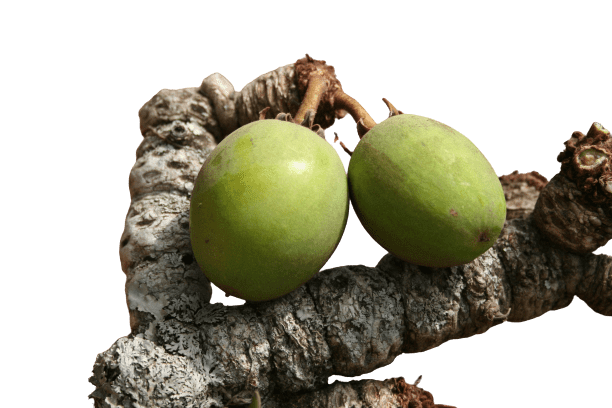
The main difference between shea butter and raw shea butter lies in the level of refinement and processing they undergo. The latter is more natural and may retain more of its beneficial properties.
However, shea and raw shea butter can offer similar benefits to skin and hair care. The choice between the two depends on personal preference and specific needs.
Raw and processed shea butter can offer similar sun protection benefits due to their natural SPF properties. However, raw shea butter may retain more natural compounds and nutrients, which some believe can enhance its effectiveness as a sunscreen.
As a result, some people prefer using raw shea butter for sun protection, considering it a more natural and potent option. The difference in sun protection between raw and processed shea butter may be minimal.
Conclusion
While shea butter offers some sun protection, it should be considered a supplemental form of sunscreen rather than a standalone solution. Its natural SPF and sun-protective compounds make it a valuable addition to your sun protection routine.
It’s important to acknowledge the limitations, such as inconsistent SPF levels in different shea butter products and individual variations in skin sensitivity. To ensure comprehensive sun safety, combining shea butter with other sun-safe measures like seeking shade, wearing protective clothing, and using broad-spectrum sunscreen is recommended.
Ultimately, consulting with a dermatologist can provide personalized advice on the best sun protection practices for your specific needs. Stay protected and enjoy the sun responsibly!
Thank you for reading!
Valeria
